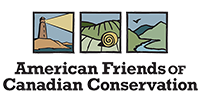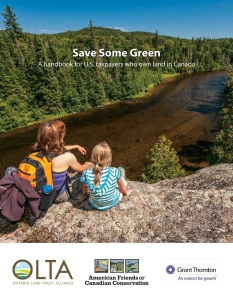Blue Massawippi focuses on the preservation of Lake Massawippi and its watershed. While the role of the Trust is to conserve land, Blue Massawippi’s mission is to inform, educate, influence and act on environmental issues threatening water quality, the health of Lake Massawippi. The organization and its partners monitor water quality and promote awareness of best practices among water users, municipalities and government. Their projects include identifying and preventing invasive aquatic species and curbing surface erosion and pollution. Blue Massawippi works closely with the Foundation, which funds some of the organization’s initiatives.
Archive for year: 2021
The border between Canada and the United States may be the world’s longest international border and the friendliest, with long-standing positive relationships between the residents of both countries. Quebec’s Eastern Townships is one region where that close connection is very apparent. Two Canadian organizations have been successful in their efforts to conserve the natural, scenic […]
Birds herald the spring with their songs, protect our crops from pests, and astound us with their beauty and versatility. The Vancouver Avian Research Centre is working to guarantee the future of these remarkable creatures.
 Photo courtesy of VARC
Photo courtesy of VARC The haunting minor-key song of the Varied Thrush announces the arrival of spring in Oregon, Washington and British Columbia’s coastal forests.
The annual north/south migrations of many bird species connect Canada and the US. Canadians, referred to as “snowbirds,” arrive each autumn in their southern US habitats and return home in the spring. In non-pandemic years, Americans travel north to their summer environs in Canada and head back to the US ahead of winter. Real bird migrations follow the same rhythm but for them migration is a matter of survival. Covid-related border closures don’t stop the seasonal avian journey, but many hazards make their migrations dangerous. Since 1970, North America has lost 2.9 billion birds!
The Vancouver Avian Research Centre (VARC), one of American Friends’ newest partners, works to safeguard birds and their habitats to ensure their long-term survival. VARC studies the health and populations of bird species that migrate through western British Columbia, providing valuable insights to guide effective conservation.
VARC, which is operated almost entirely by volunteers, strives to communicate that migratory birds need winter and summer homes, and secure sites to rest and refuel on their grueling annual trips. One of those sites is Colony Farm Regional Park, a 260-hectare (650 acre) park at the confluence of the Fraser and Coquitlam rivers, in suburban Vancouver where the old fields, hedgerows and wetlands provide habitat for over 200 bird species.
 Photo courtesy of VARC
Photo courtesy of VARC Yellow-breasted Chat is the largest member of the warbler family. It winters in Central America.
VARC’s field station at Colony Farm is where they monitor and band migratory birds. This work also increases public awareness of environmental issues through the inspiring experience of interacting with wild birds. Since 2009 VARC has banded more than 50,000 birds of 99 species, many of which stopped at Colony Farm during migration. See if you can identify the species in this video! Data gathered by VARC is submitted to the North American Bird Banding Program.
 Photo courtesy of VARC
Photo courtesy of VARC Short-eared Owls hunt in open fields, like those at Colony Farm, during the day.
Derek Matthews, a North American Banding Council (NABC) certified trainer and his wife Carol, co-founded VARC. They conduct workshops for adults including an introduction to Bird Monitoring and Banding and a Bird Identification Workshop. Participants are thrilled to see birds up close, and to learn about their life cycle and habits. VARC also offers programs for students, at schools and summer camps.
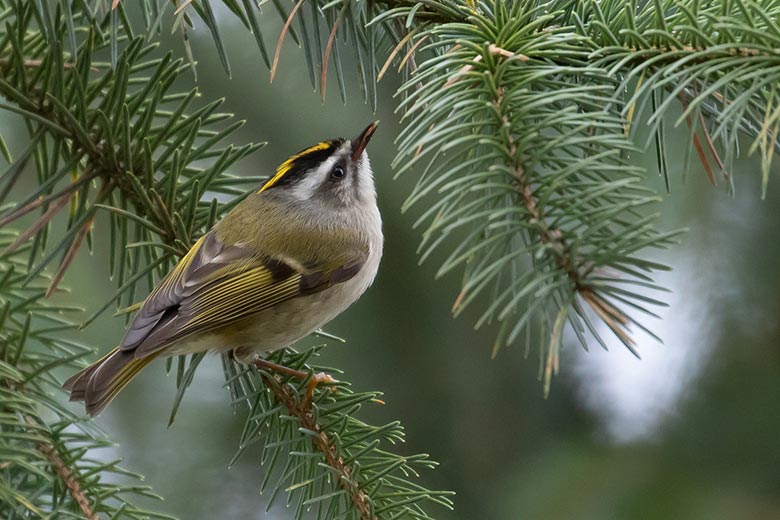 Photo courtesy of VARC
Photo courtesy of VARC Banding records reveal that Golden-crowned Kinglets that nest in Canada migrate into the US for the winter, but many US populations stay put.
Recently VARC launched the “Saving Our Songbirds” (SOS) initiative to supply 7 simple actions we can all take to protect the world’s bird populations. Currently VARC is focused on preventing “window strikes” which kill up to one billion birds each year in North America. SOS educates the public on this issue and encourages homeowners to act right away to create a safer urban environment for migratory birds.
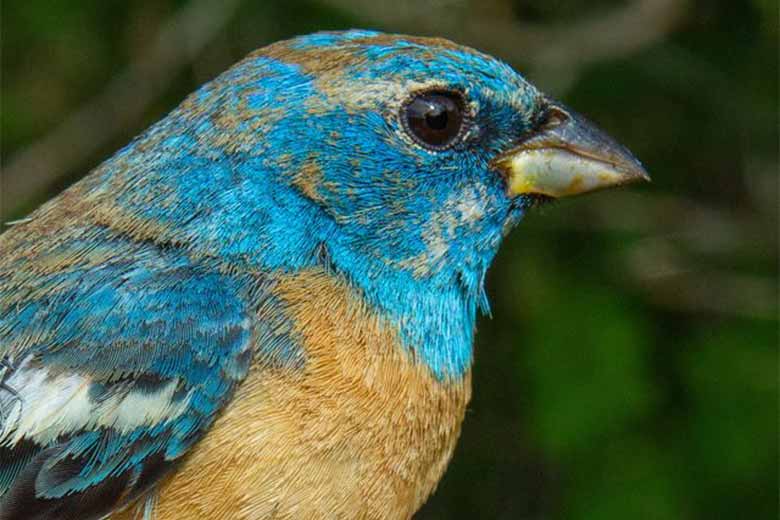 Photo courtesy of VARC
Photo courtesy of VARC Lazuli Buntings are flashy spring/summer residents of the western US and southern BC. Western Mexico is their home during fall/winter.
Learn more about Vancouver Avian Research Centre by watching the video created for Giving Tuesday or the one about banding hummingbirds. American Friends of Canadian Conservation is pleased to support VARC’s research, conservation and education initiatives. Contribute today to help migratory birds continue their remarkable seasonal journeys for generations to come. You can make a secure (US) tax deductible donation online, or get a Canadian tax receipt by contributing on VARC’s website.
It is a huge challenge to manage and protect 644 provincial parks, four of which are UNESCO World Heritage Sites, 24 others are UNESCO Biosphere Reserves. The BC Parks Foundation is there to help!
 Jason Headley
Jason Headley Gwillim Lakes, Valhalla Provincial Park.
Canada’s westernmost province is promoted as Super, Natural British Columbia for its reputation as a destination where visitors can renew themselves through interactions with nature. British Columbia (BC) Parks is the provincial agency that protects and sustains the network of more than 1000 parks that make those interactions possible. It is a huge responsibility because BC has the 6th largest park system in the world. In recent years the agency really needed a partner to help shoulder the burden. The BC Parks Foundation was formed in 2018 as the official charitable partner; creating a “happy convergence,” in the words of CEO Dr. Andrew Day. The Foundation is bringing governments, businesses, communities and donors together to create great parks and park experiences, ensuring long-term protection for the province’s vast natural resource. According to Day, their “big, hairy, audacious goal” is simply that British Columbia has the best parks system in the world, supported by an active local and international community (yes, that’s all!)
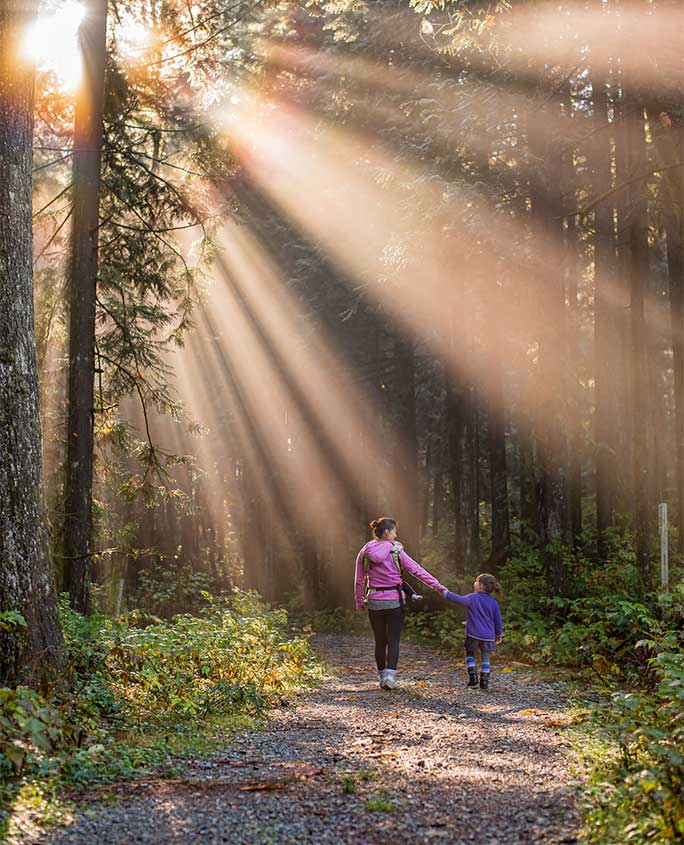
Day is proud of the work achieved in less than three years. “It’s thanks to the goodwill of supporters through donations and volunteerism that we have been able to protect more than 3000 acres on seven parcels of land.” A great example is the Foundation’s purchase of properties in Princess Louisa Inlet – the “Yosemite of the North”– following a $3M fundraising campaign that went viral around the world. The magnificent, pristine inlet is a world-renowned destination, home to marine life, grizzly bear, cougars, and old growth forests.
 BC Parks Foundation
BC Parks Foundation A beach at the southern tip of West Ballenas Island.
The Foundation’s small team handles much more than fundraising and land acquisition. For example, their new “Healthy by Nature” initiative in which the healing powers of nature are delivered through programs such as “Park Prescriptions” and “Outside Unplugged.” The first – a fascinating innovation – involves working with healthcare professionals to prescribe time in nature to those who will benefit most. And the “Outside Unplugged” program provides youth, refugees, and other vulnerable populations with much-needed time outdoors.
 BC Parks Foundation
BC Parks Foundation Aerial view of a boat entering Princess Louisa Inlet.
The real estate market in BC is very hot right now, and the Foundation is working on several potential land acquisition projects to expand BC’s permanently protected natural spaces. This includes the protection of the famous Lonesome Lake – the place where trumpeter swans were brought back from the edge of extinction. That means purchase funding is needed soon. Recently BC Parks Foundation became a grantee of American Friends of Canadian Conservation to make it possible for US taxpayers to support the Foundation’s goals and programs with tax deductible donations.
Dr. Day appreciates the valuable role American Friends can play in land transactions or monetary gifts from American donors. “I am so impressed with the spirit of the Friends, bridging the goodwill in both of our countries to achieve great conservation outcomes.” He notes that the American Friends’ expertise and bi-national tax status can influence US donors’ decisions to give. The Foundation may target a property owned by US taxpayers, in which case the partnership with American Friends could be pivotal.
 BC Parks Foundation
BC Parks Foundation A Discover Parks Ambassador interacting with two park visitors.
If you are passionate about BC’s wild lands, make a US tax-deductible gift to invest in the future of BC Parks or receive a Canadian tax receipt by donating on the Foundation’s website. To learn more, visit the BC Parks Foundation.
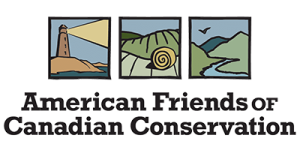
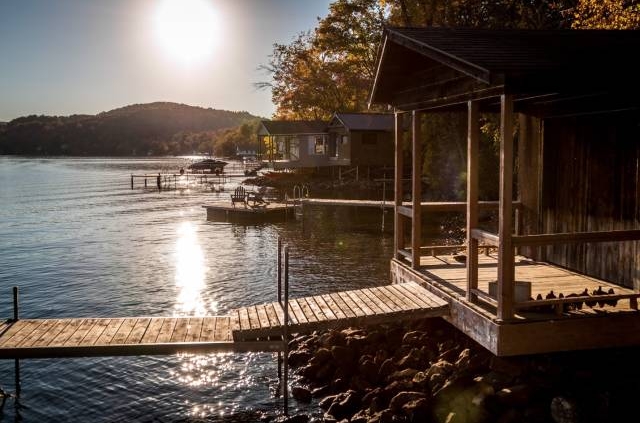
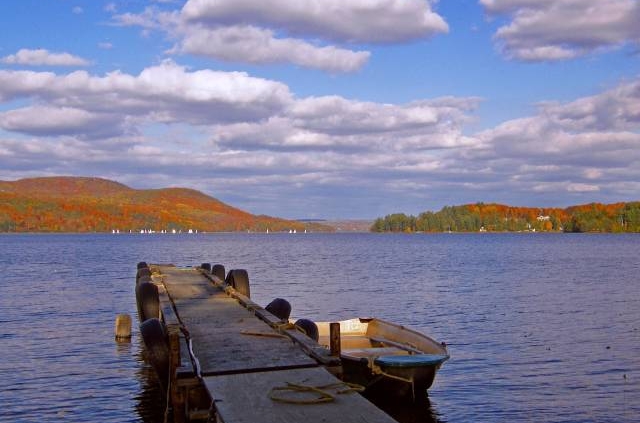
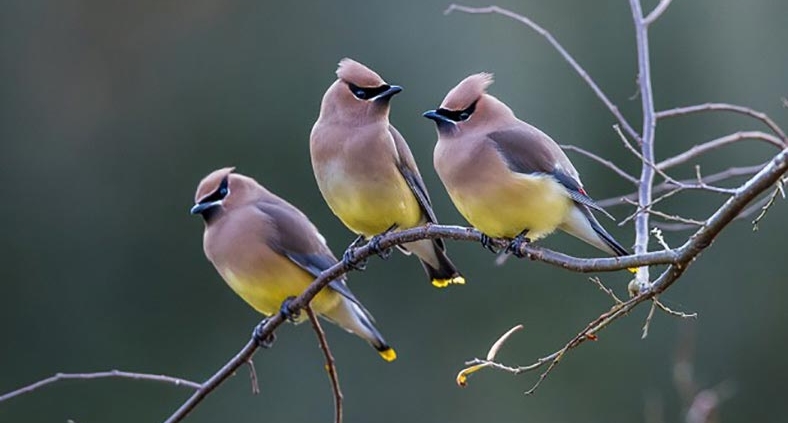 Vancouver Avian Research Centre
Vancouver Avian Research Centre
